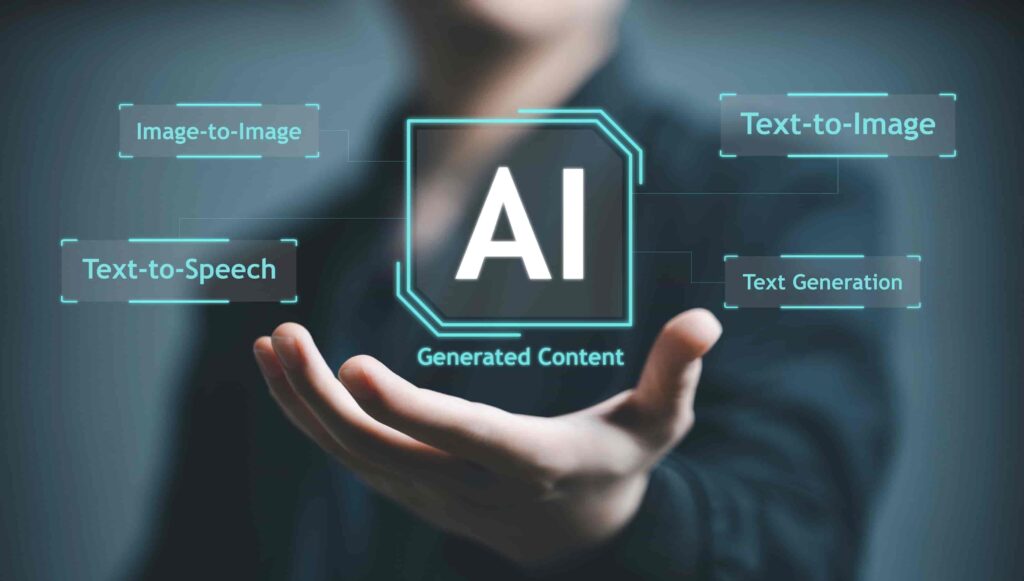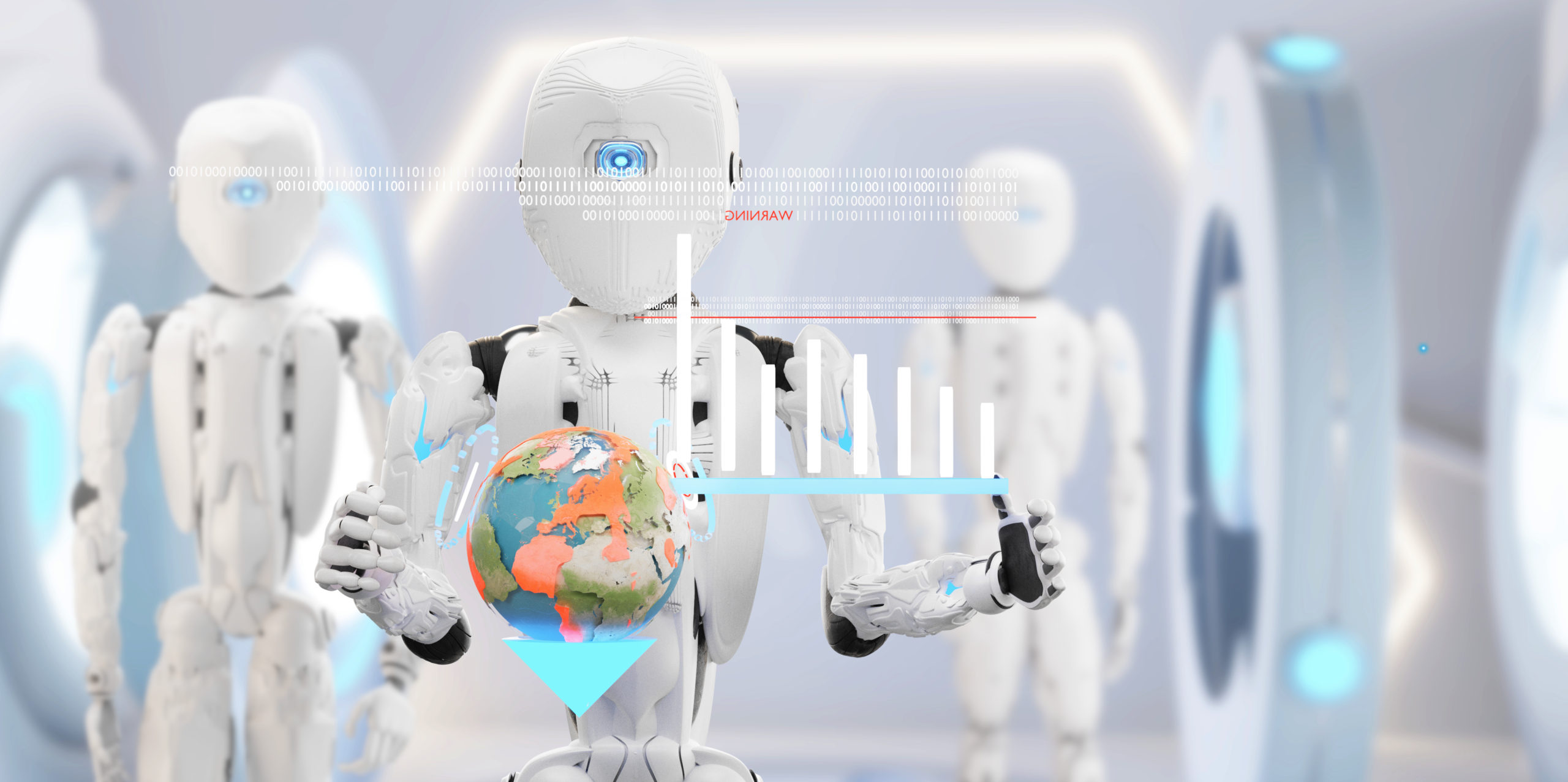Generative AI has taken the world by storm. 67% of senior IT leaders will prioritise generative AI for their business within the next 18 months. One-third of them already consider it as their top priority.
The reasons for such enthusiastic adoption are the opportunities enabled by generative AI tools. But with such opportunities come huge risks as well. Users who plunge headlong into generative AI without being aware of the risks or taking steps to mitigate the risks face big trouble.
Here are the opportunities and risks of generative AI tools.
Opportunities
Creating textual content. Generative AI can create human-like text. Users can generate marketing pitches, emails, blogs, and fiction using generative AI tools such as ChatGPT and Bard. For instance, marketers save time and effort when writing pitches, blogs, or product descriptions. The HR team can save time and effort when drafting internal policies.
Developing chatbots: Generative AI models have natural language understanding capabilities. The chatbots can engage in natural conversations and produce human-like responses. The model comprehends the context and intent of user queries and remembers previous interactions. They respond to various user inputs, providing coherent and relevant dialogue.
Image generation. Artists and designers use generative AI tools such as DALL-E to generate high-quality artworks. Researchers use these capabilities for data augmentation in machine-learning tasks. Generative models also enable style transfer or applying the artistic style of one image to another. These applications offer huge opportunities in design.

Coding: One of the biggest generative AI opportunities is in coding. Generative AI models analyse context and patterns in code repositories. When users enter the needed functionality in the prompt, the model suggests code lines and snippets. Developers save time and reduce errors. Users can also use generative AI’s coding capabilities to fix human-generated code. The application detects and corrects common programming errors and improves the structure. The model can also analyse code structure to automate code summarisation and documentation.
Voice synthesis. The voice generation capabilities of generative AI models create realistic and natural-sounding speech. Users can create voice assistants or audiobooks and apply voice narration to image or video presentations.
Overall, generative AI offers users powerful starting points for content, images, codes, and other uses. Users who co-opt generative AI tools get a head start and give their creativity a turbo boost. Their productivity improves manifold as they can focus on their core tasks, leaving the routine and the mundane to the generative AI tool.
But with such opportunities come big risks. Committing to generative AI tools without understanding the associated risks can spell doom.
Risks
Generative AI users must be wary of the legal, financial, ethical, and transparency issues connected with these tools.
Risk of inaccurate output: The results of generative AI are not always accurate. Generative AI models do not understand the emotional or business context or know when it is wrong. Also, these AI models often hallucinate as they lack constraints that limit possible outcomes.
Consider a generative AI application that hallucinates. The field service gets the wrong instructions for repairing a piece of heavy machinery. The field technicians, relying on generative AI, make the wrong fix. Such an outcome can have huge financial and legal implications for the business. Acting on the output of the generative AI model risks costly damages, including fines and loss of reputation.
A generative AI tool is not a magic wand. Like all things AI, these tools are only as good as the training data. Models trained on old, incomplete, and inaccurate data will churn out inaccurate or out-of-date results.
Accurate, original, and trusted models require strong data provenance. Relying solely on third-party data or external sources to train models increases the risk of inaccurate output. Using zero-party data, or data that customers share and data that data enterprises collect, improves accuracy.
Preventing hallucinations requires the use of filtering tools and setting clear probabilistic thresholds. Defining boundaries offers the extra benefit of improving the consistency of the results.
Risk of biased outcome: Generative AI models amplify biases inherent in the training data, leading to biased or toxic outputs. Such outcomes can have unintended consequences and cause real harm.
Generative AI is only as good as the training data used to develop the model. Review datasets and documents used to train models to remove biased, toxic, and false elements.
Use guardrails, such as filters or a human approval process. Deploying AI without creating guardrails that prevent bias is very risky.
Legal risks: A big roadblock generative AI currently faces is legal challenges, especially copyright violations. Many generative AI models use copyrighted or private data to train data. The contention of “fair use” exemption allowed in the copyright act may not stand in court. Even open-source needs attribution and compliance with the terms of accessing such data.
Generative AI models that use copyrighted works may violate copyright laws and face huge penalties. The legal challenge compounds if the output reveals personally identifying information.
Security risks: Generative AI comes with huge security risks. Hackers exploit generative AI models to create realistic-looking but fake content that leads to fraud. For instance, prompt injection “do anything now” attacks have already overridden ChatGPT guardrails.
Generative AI-developed code may contain vulnerabilities that hackers can exploit.
79% of senior IT leaders have concerns with the security risks generative AI poses to enterprise systems.
Generative AI becomes untenable without security assessments. A comprehensive security assessment identifies vulnerabilities early.
Organisations need a clear and actionable framework for how to use generative AI. Also, generative AI does not work on a set-it-and-forget-it basis. These tools need constant oversight.
The most effective solution for all the above risks is using generative AI solutions. Just because something can be automated does not mean it should be automated. The best use of AI is as an assistant and productivity tool to support human employees. The risks of generative AI become real when these tools replace humans, as in auto-generating content or images or coding. The involvement of humans in the value chain to review the output for accuracy, to avoid bias, and to add to the output improves trust in the process.











